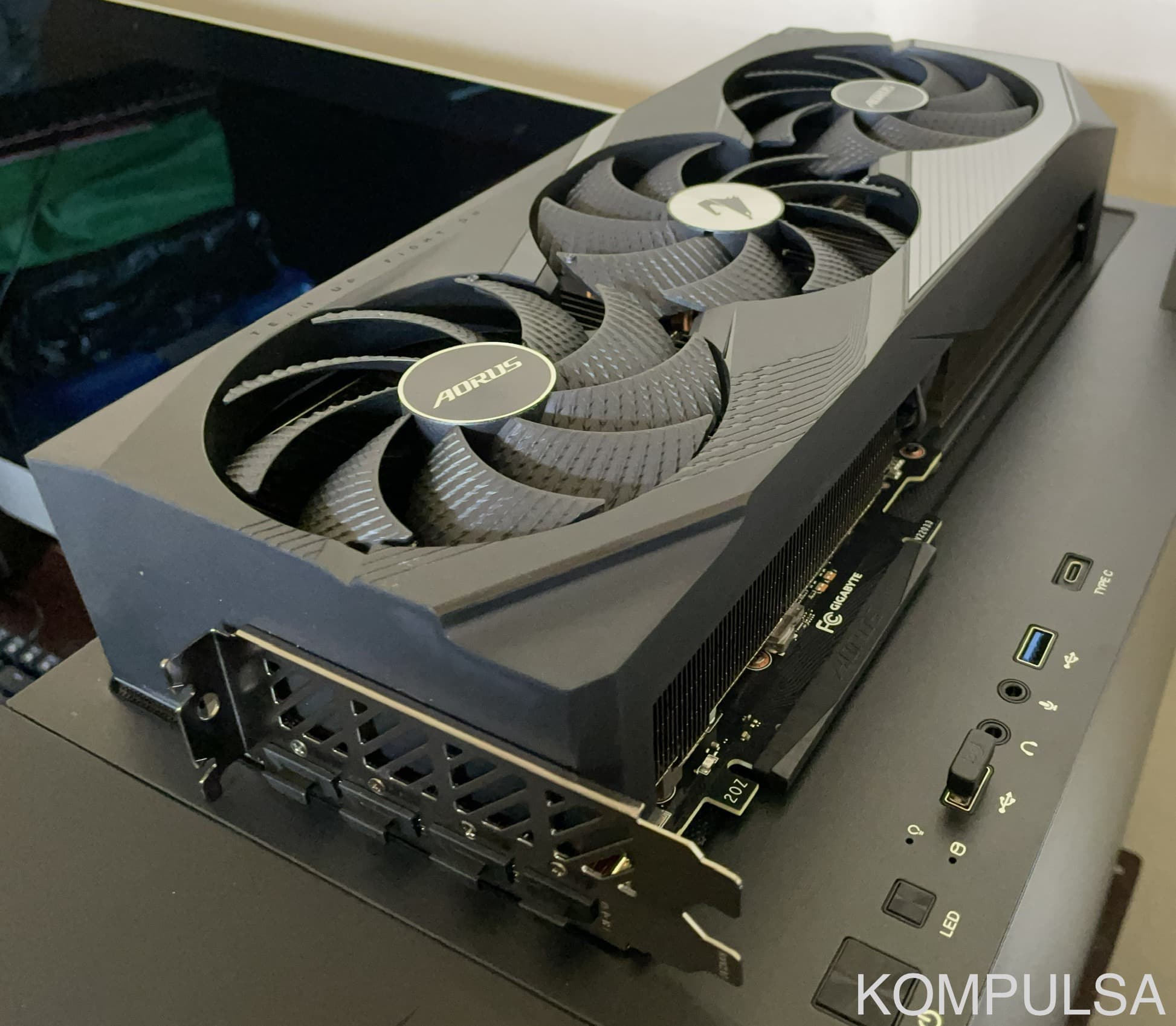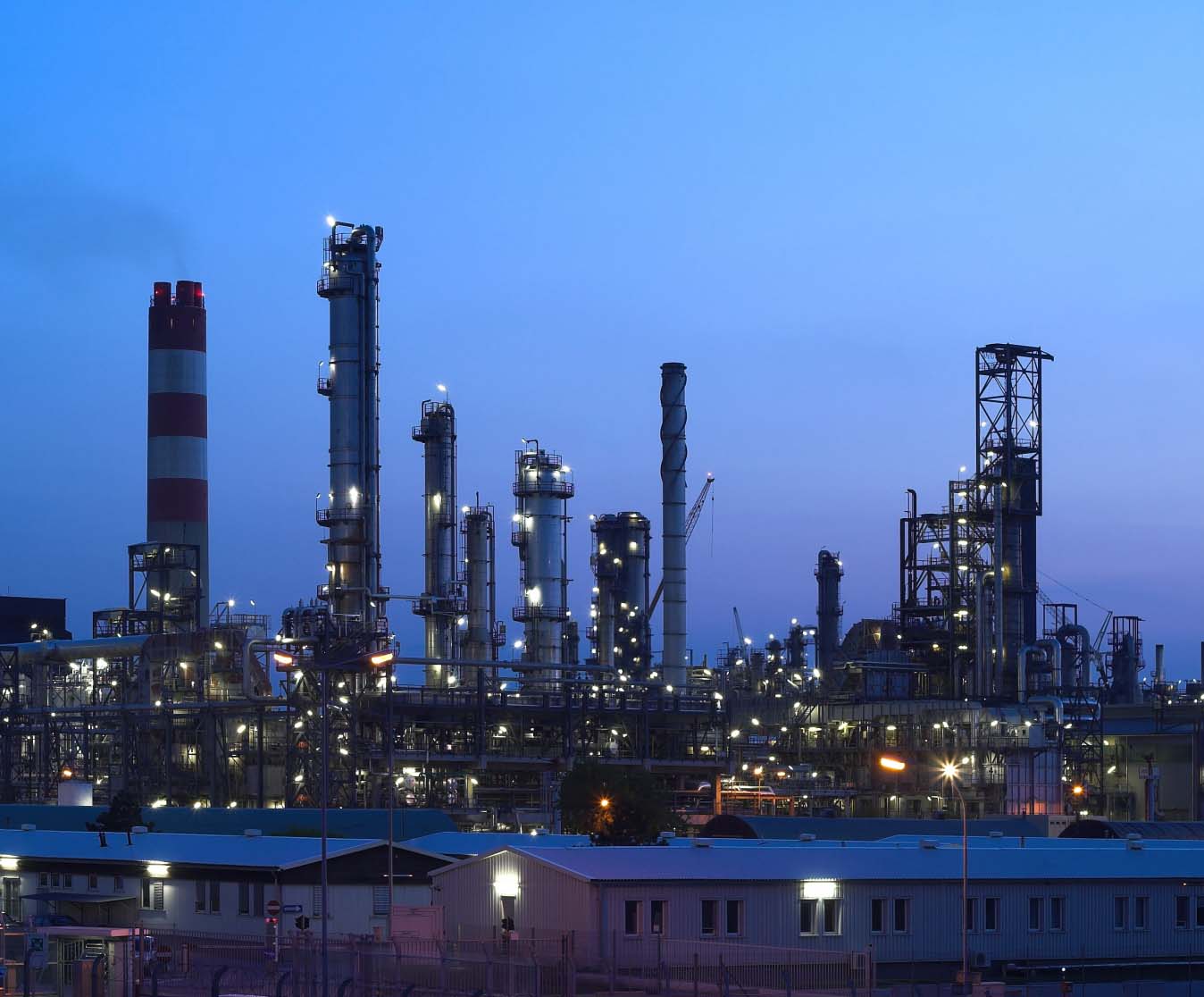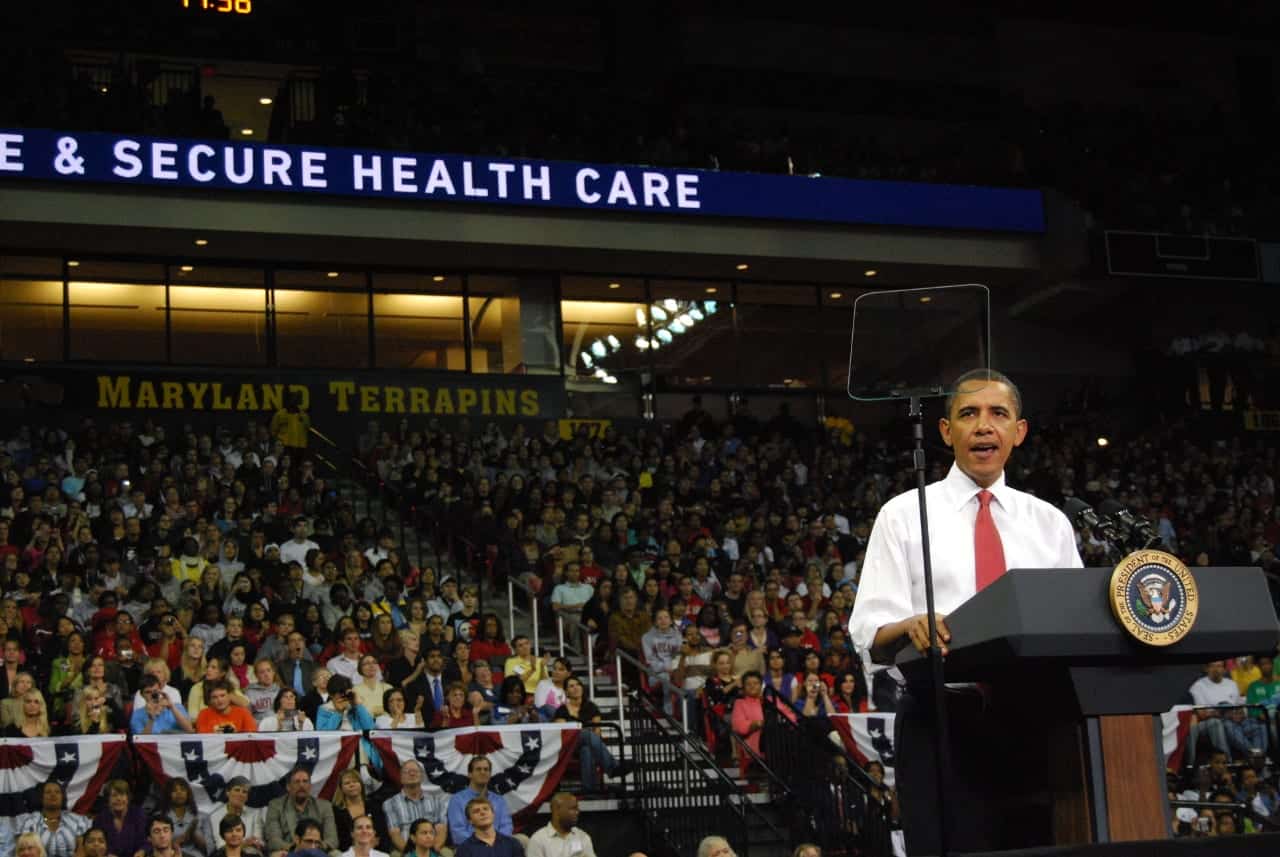Originally published on Green Building Elements By Nicholas Brown.
R.K.Pachauri, an internationally acclaimed environmentalist who chaired the IPCC, said that India urgently needs more green buildings, an especially radical departure from conventional building design.
He said:
“There has to be radical departure in the construction of new buildings. There is a change in culture which has impacted the consumption of energy, water and other resources. Our rating system has taken stock of buildings and we have prepared a knowhow to get truly green buildings, during an interview with IANS.
“Our climatic conditions should be kept in mind, and that should determine the kind of insulation you have in the buildings. Also, for example, in the hills solar energy will be a very good resource; windows must be solar. The GRIHA prescribes just that, Pachauri maintained.”
The GRIHA is the Green Rating for Integrated Habitat Assessment from The Energy Resources and Energy Institute (TERI).
He also said that most of the buildings that are projected to be built by 2030 haven’t been constructed yet. In my opinion, this is a window of opportunity to mandate more environmentally sound construction practices to make 2030 a year that they can look back on today’s designs.
Aren’t Green Buildings Expensive?
Not necessarily. There is a right and wrong way to do everything, and environmental conservation is no exception to this rule. There are many affordable ways to improve building energy efficiency such as the use of power strips to cease the power consumption of appliances in standby mode, light-colored roofs, white curtains to block out sunlight on hot days (dark curtains absorb sunlight, so its best that they are white), the use of fans instead of air conditioners. the use of fans with air conditioners at low settings, the use of less toxic materials to construct buildings, and much more.
Apart from that, the use of other “expensive” environmental conservation products and ideas such as reverse-cycling air conditioners, inverter refrigerators, tankless water heaters, and insulated glazing saves money in the long run. Opting for an inefficient low-priced building designsis like sweeping dirt under the rug. It will cost you in the long run, and a building is a very long-term investment, so it really should be built for the future.
Source: India.com.






